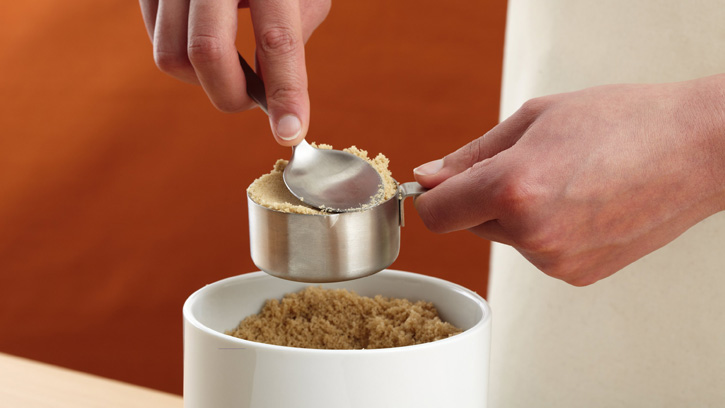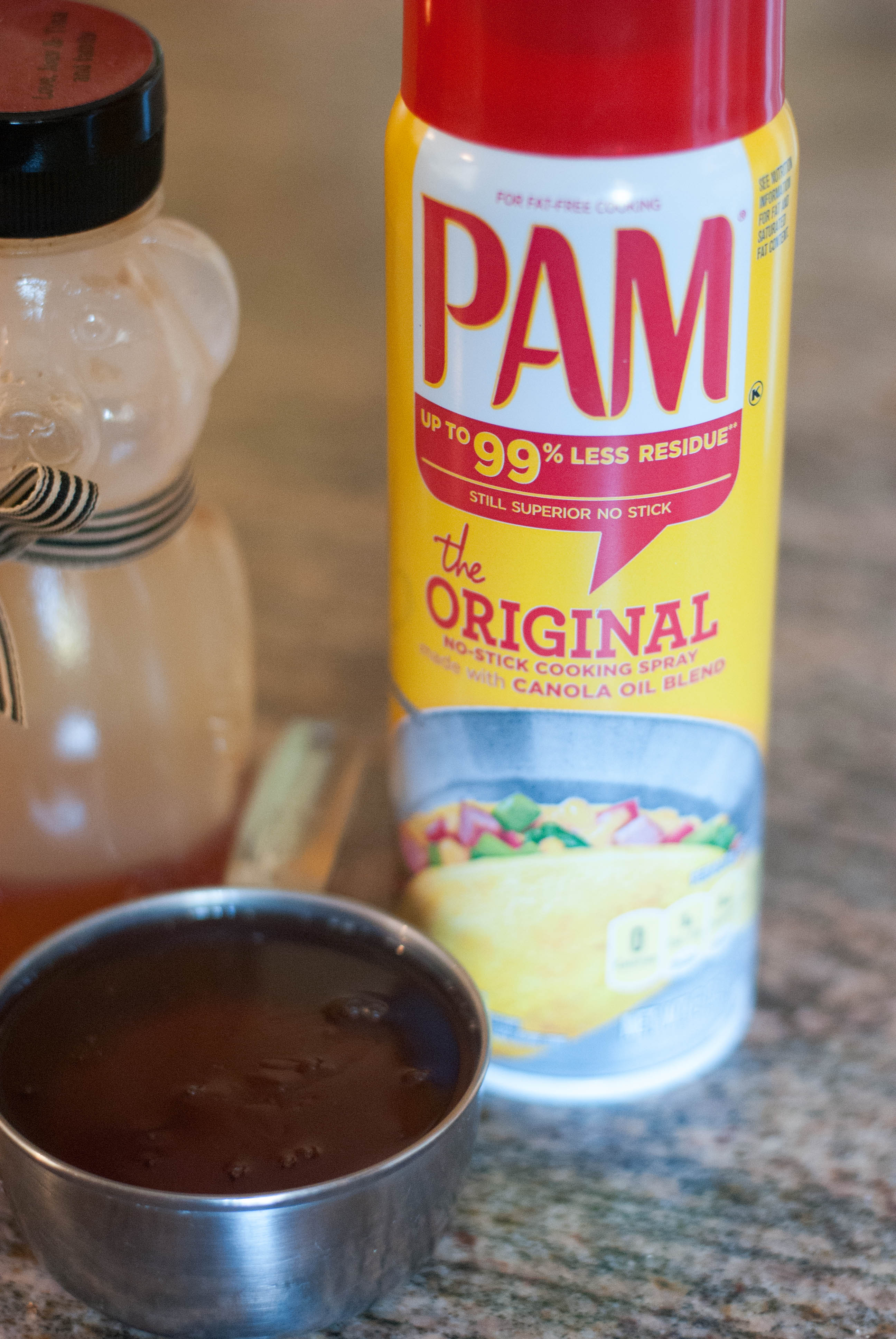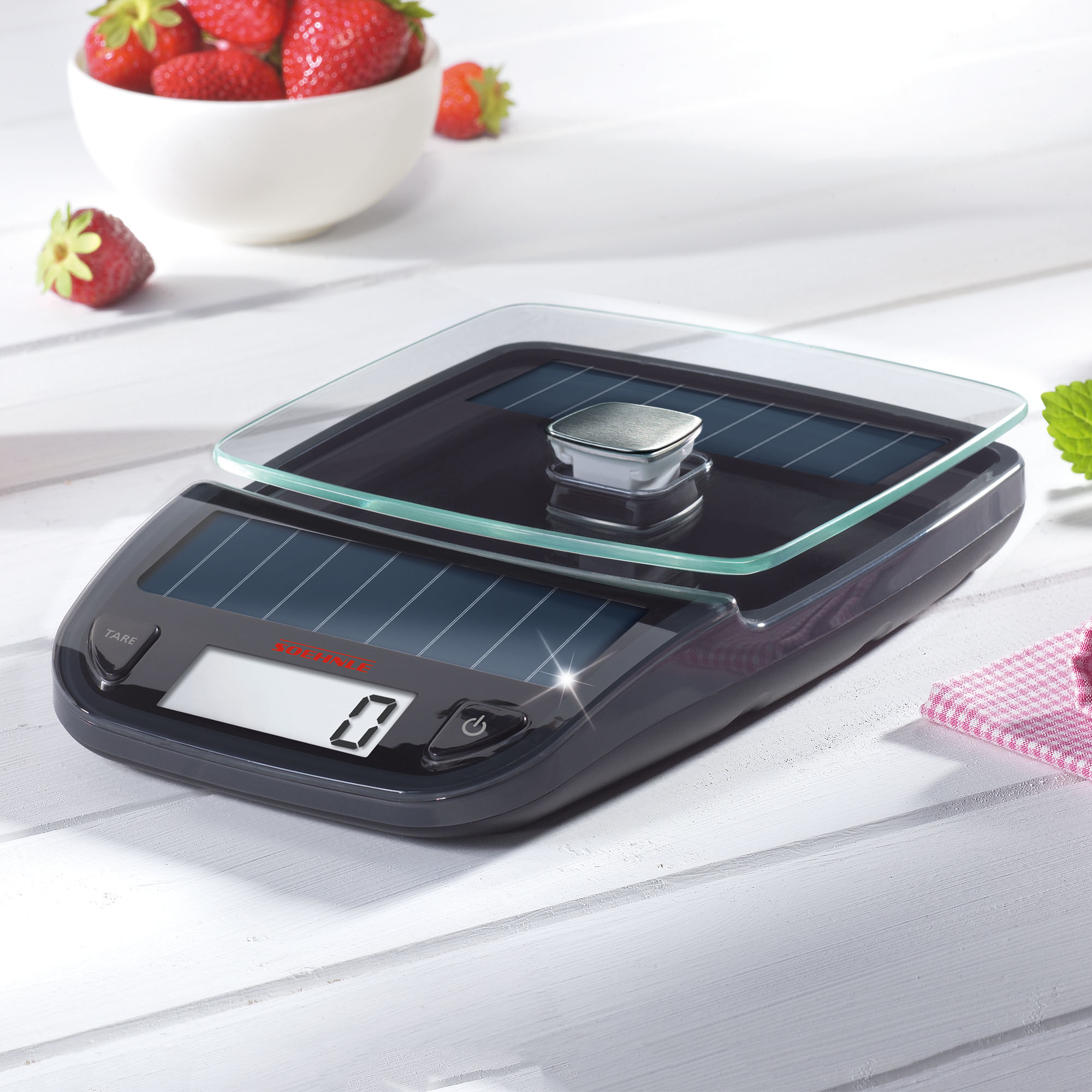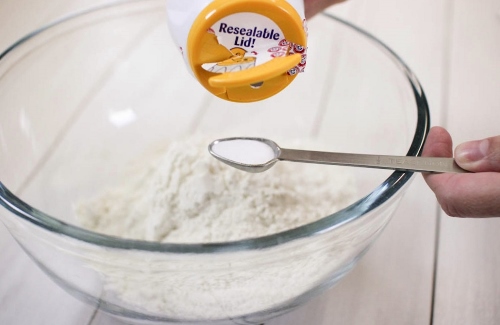Measuring Tips so Your Baked Goods Turn Out Perfectly!
It is so funny—whenever my husband observes me making dinner I think it drives him crazy to watch me throw in a little of this and a little of that willy nilly. It is even worse when I make one of my regular staple meals and it might taste a little bit different each time I make it because of my tossing-in nature of cooking.

He just asked me last night out of curiosity why I don’t follow recipes more and I explained to him that while it is VERY important to be exactly precise with baking, cooking dinner does not have to be as precise. A meal made in a pan is much more forgiving than a baked good. He said, “I understand that, but they do give those exact measurements in those cooking recipes for a reason!” To which I laughed it off and told him that yes, life would probably be quite a bit different if he was the main one in charge of our family meals. If I’m being honest, I’m sure he would be an excellent chef if he ever tried. He is very patient and good at trying new things, but for now it is just his gourmet grilled cheeses he’s excellelent at and I think he’ll happily leave me in charge of the rest and hope for the best versions of what I make ha!
I’m not gonna lie, because of the nature of my impatient personality, the thought of a ton of baking drives me crazy because I very much am someone who likes to add in this or that and I wish baking had more wiggle-room for experimentation. I also have an equally fascinated side that loves the scientific nature of baking and that it HAS to be precise. I also think that is cool too.
Anywho, I did want to go over some tips for measuring ingredients properly from the Food Network. Measuring ingredients properly is probably the most crucial step for recipes to turn out exactly the way they should and be consistent so it would taste and turn out exactly the same way you make it each and every time. So here are some Do’s and Don’ts from the professionals:
DO:
Use a set of proper measuring cups and spoons. There are dry ingredient measuring cups and liquid measuring cups. They are NOT interchangeable.
DON’T:
Ignore directions: 1 cup sifted all-purpose flour DOES NOT EQUAL 1 cup all-purpose flour, sifted
DO:
Use liquid measuring cups for liquids only
DON’T:
Confuse ounces (weight) with fluid ounces (volume)
DO:
Spoon flour into the measuring cup and then level it off
DON’T:
Use your measuring cup to scoop out flour

DO:
Pack brown sugar into measuring cups and spoons
DO:
Set measuring cups on a flat surface to get an accurate reading
DO:
Read liquid measurements from the side to see where the bottom of the meniscus hits the markers. Do not try to read it looking down.

DO:
Coat your cups and spoons with nonstick cooking spray before measuring sticky substances like honey, agave and maple syrup.
DO:
Invest in a digital scale as it’s the most accurate way to measure ingredients

DON’T:
Forget to zero out the scale after adding a bowl to hold your ingredients and set it to the unit of measurement your recipe calls for

DON’T:
Measure over the bowl that you are using to combine your ingredients in. If you over-pour, your measurement will not be accurate. It’s really hard to tell how much extra salt or baking soda went into the bowl if you’re pouring it in over a bowl of flour. It’s the same with liquid ingredients.
- www.foodnetwork.com
- www.thisgrandmaisfun.com
- www.wayfair.com
- www.mrskraftfoods1.weebly.com
- www.dailyplateofcrazy.com
 Mary Richardson
Mary Richardson
Weekly Newsletter Contributor since 2014
Email the author! mary@dvo.com
